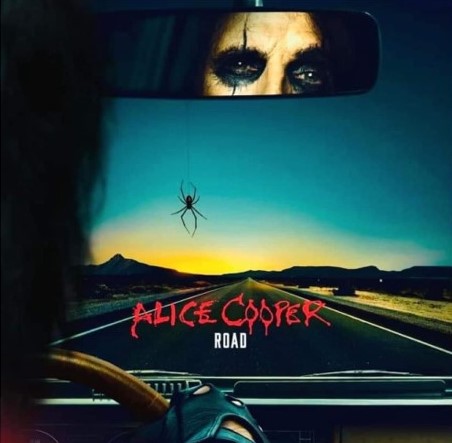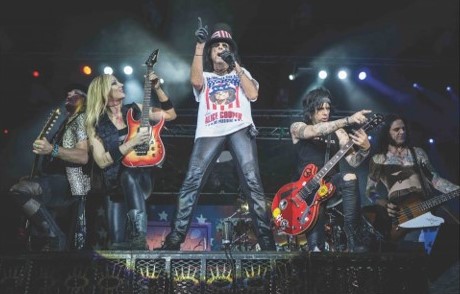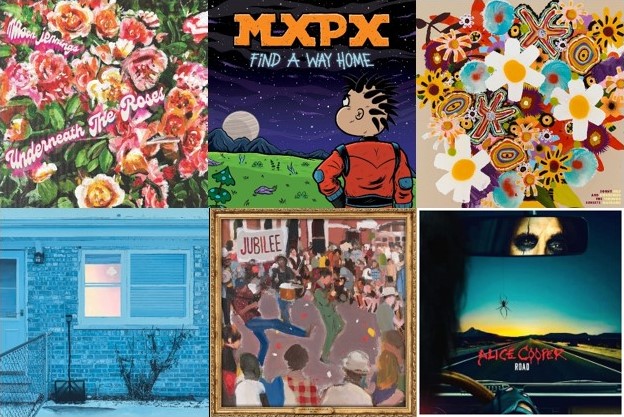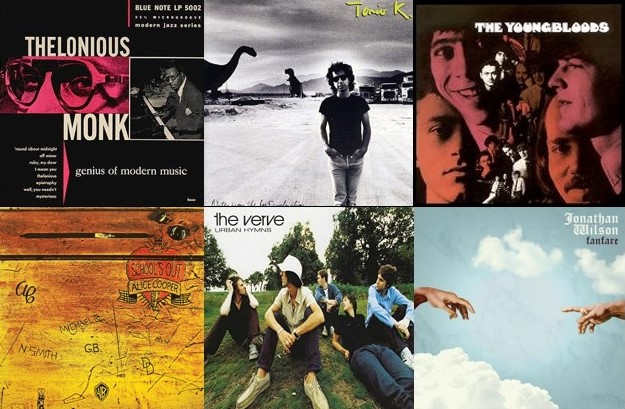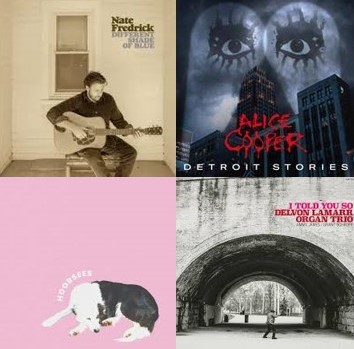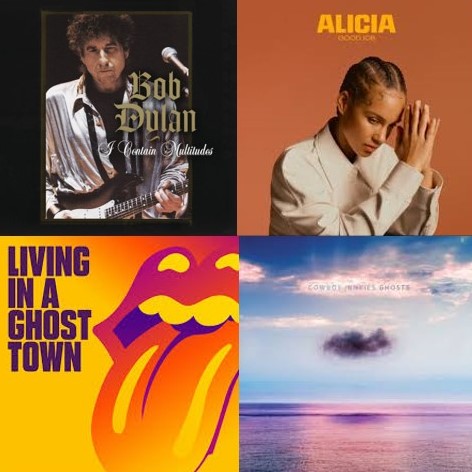Happy Sunday, and hard to believe we’ve made it through another week. To all moms out there, Happy Mother’s Day and hope your families also appreciate you on all other days of the year! Welcome to another mini-excursion that once again will take us to music with different flavors from six different decades. The imaginary music time machine is ready to take off, so hop on board to join the fun!
Weather Report/Birdland
Today, our journey starts in March 1977 with Weather Report. While in general jazz fusion continues to be an acquired taste to me, I’ve come to dig this group co-founded in 1970 by Austrian keyboarder Joe Zawinul, one of the creators of jazz fusion, and saxophone great Wayne Shorter. By the time they released their seventh studio album Heavy Weather, the group also featured fretless bass maestro Jaco Pastorius, as well as Alex Acuña (drums) and Manolo Badrena (percussion). Here’s the neat Birdland, composed by Zawinul as a tribute to the Birdland nightclub in New York City.
Screamin’ Jay Hawkins/I Put a Spell On You
Next, we shall jump back two decades to October 1956 and a single that became the signature song of soul, R&B and rock & roll vocalist Screamin’ Jay Hawkins: I Put a Spell On You, which I first heard by Creedence Clearwater Revival who covered it on their July 1968 eponymous debut album. When Hawkins who co-wrote I Put a Spell On You with Herb Slotkin first released it as a single, it didn’t make the Billboard pop or R&B charts. But over time, it became a cult song, not only because of his unusual vocals, but also his wild live performances that included his emergence from a coffin on stage, wearing a long cape and featuring props like rubber snakes and smoking skull pieces – kind of like an early version of Alice Cooper.
Ozzy Osborne/Crazy Train
While it’s difficult to follow an eccentric performer like Screamin’ Jay Hawkins, I figured Ozzy Osborne could pull it off. In September 1980, the heavy metal singer released his solo debut Blizzard of Ozz after he had been fired from Black Sabbath by guitarist Tony Iommi. Crazy Train, co-written by Osborne, guitarist Randy Rhoads and bassist Bob Daisley, became Osborne’s solo debut and the album’s lead single. While it just made the top 50 in the UK (no. 49), Crazy Train also would turn out to be Osborne’s best-selling single over time. In the U.S., it reached 4X Platinum status (4 million certified sold units) as of September 2020. This is probably as much ear candy as you can get with metal. All aboard! Ha-ha-ha-ha-ha-ha! Ay!
Shinyribs/Dark Cloud
Okay, I suppose time for a little breather with Shinyribs. In case that name doesn’t ring a bell, you’re likely not alone. I only came across the Texas band a few months ago. They were initially formed in 2007 as a solo side project of singer and guitarist Kevin Russell who at the time still was a member of alternative country band The Gourds. After that group went on hiatus in 2013, Shinyribs became Russell’s primary focus. Today, the band is an eight-piece who in addition to roots rock incorporates Texas blues, New Orleans R&B funk, horn-driven Memphis soul, big band swing and other genres into what their website calls a sonic melting pot. Dark Cloud is a track from Shinyribs’ most recent album Transit Damage released in July 2023. This is rich stuff I hope you dig it as much as I do!
The Allman Brothers Band/Whipping Post
I trust y’all have heard of The Allman Brothers. The epic Whipping Post, written by co-founder Gregg Allman, takes us back to the group’s eponymous debut album that came out in November 1969. Apart from Gregg (organ, lead vocals), the group still had their short-lived original line-up featuring Gregg’s older brother and bandleader Duane Allman (slide and lead guitar), Dickey Betts (lead guitar), Berry Oakley (bass, backing vocals), as well as Butch Trucks (drums, percussion) and Jai Johanny Johanson (drums, congas). Sadly, the death of Betts last month at age 80 leaves Johanson (79) as the band’s only surviving member.
The La’s/There She Goes
Reaching our sixth stop once again means it’s time to wrap another trip. After jazz fusion, R&B, pop metal, rich roots rock and southern rock-plus, my final proposition is some jangle pop. In October 1990, British band The La’s released what would become their sole and self-titled studio album. It included their best-known song There She Goes, penned by the group’s frontman Lee Mavers. Founded in Liverpool in 1983, they were initially active until 1992, followed by a few reunions, mostly recently in 2011.
Of course, our little music excursion wouldn’t be complete without a Spotify playlist of the above tracks. Hope there’s something you dig and that you’ll be back for more music travel next Sunday. So long!
Sources: Wikipedia; Shinyribs website; YouTube; Spotify

